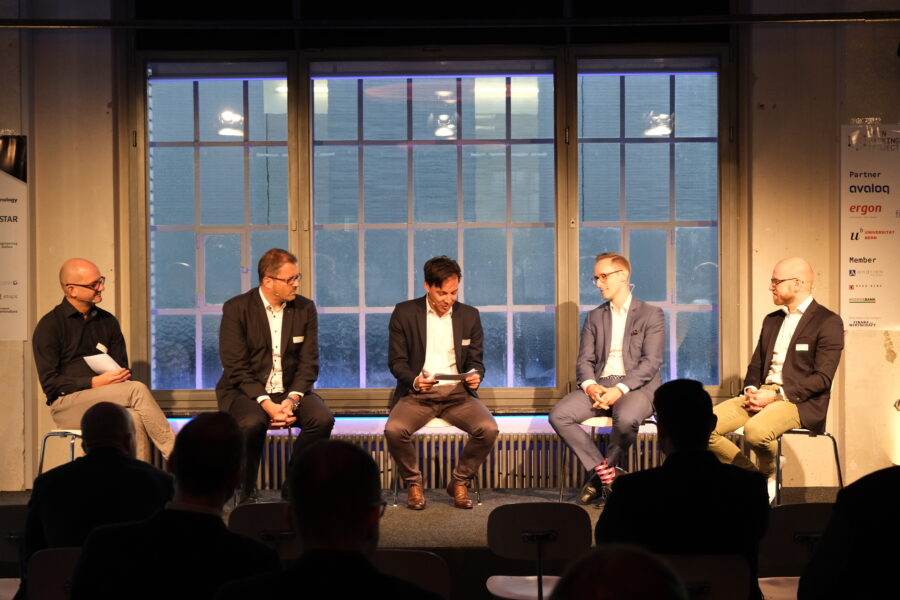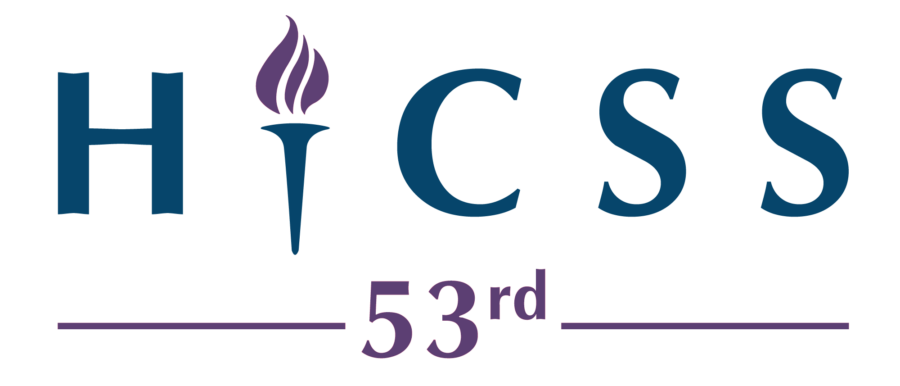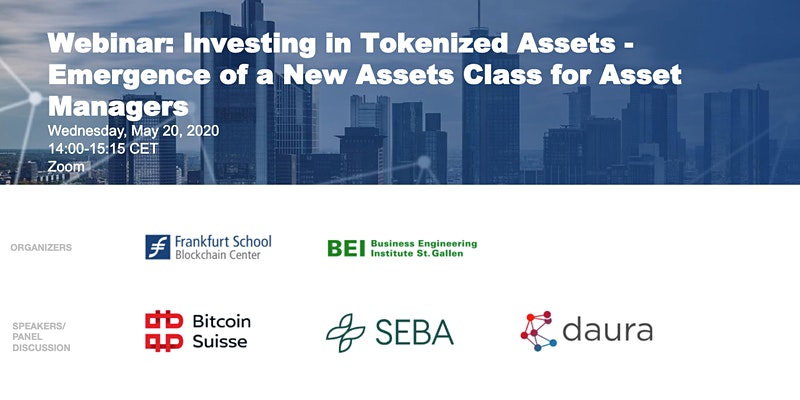
Agile Corporate Culture – What’ s It All About? (Part 2)
The culture of a company is the beliefs, values and behaviors that shape the social and psychological environment of the organization. As a 2017 Capgemini change management study shows, the companies that transform most successfully are also those that involve their employees in the transformation process from start to finish and thus actively promote a change in corporate culture. Many studies from science and practice also make it clear that the path to an agile culture is not an easy one. In a recent article, the consulting firm McKinsey has published four lessons learned from its experience with clients around the world that offer a good approach to how companies can foster the development of an agile culture.
Continue reading »



















